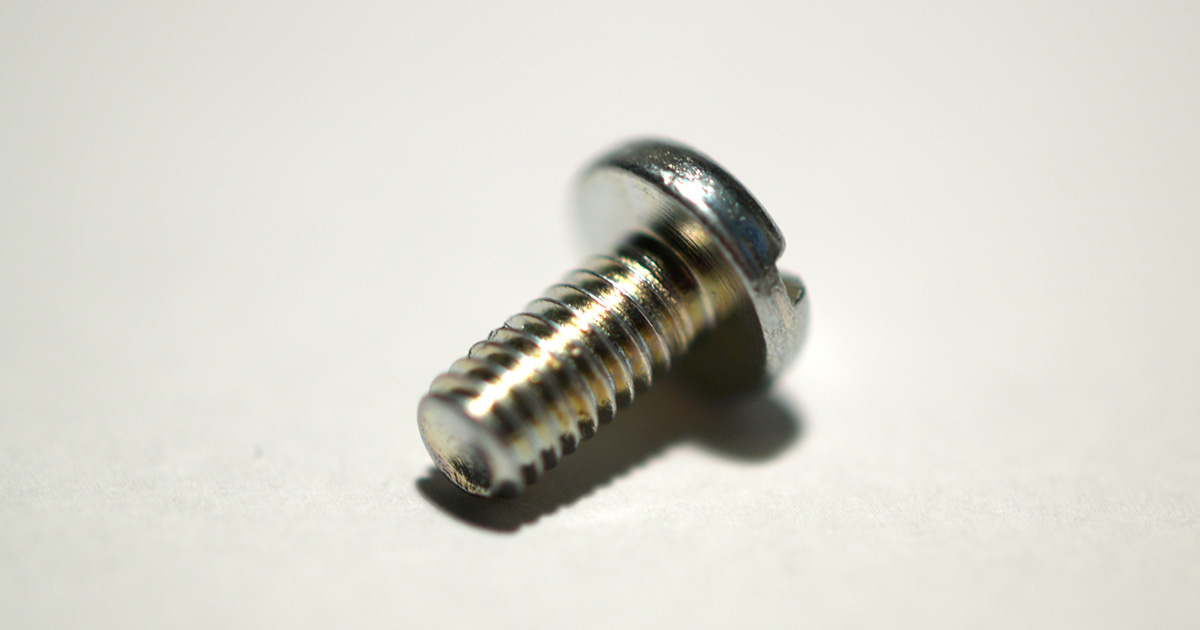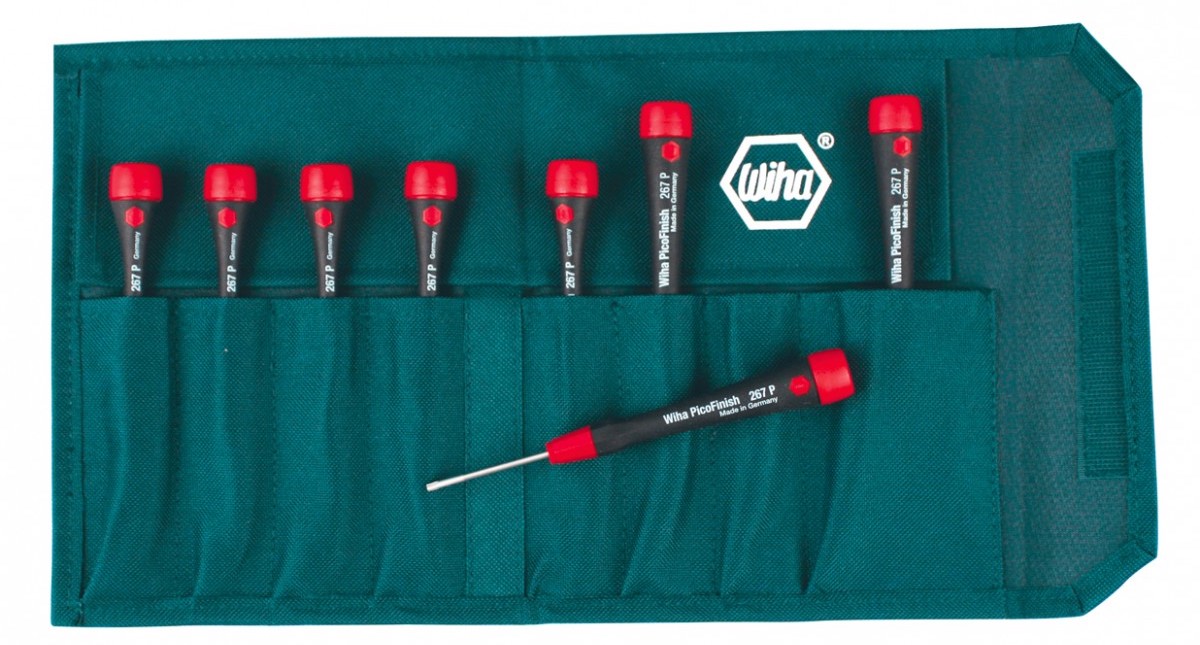
If you use your knives at all, disassembly is a necessity for cleaning and maintenance. Even if you’re just switching your pocket clip from a tip-down to tip-up carry, you’ll sometimes run into a major problem: stripped screws.
So what are you to do if that screw is stuck or stripped inside your knife?
Here are a few solutions, which are not mutually exclusive.
Buy Quality Torx Bits
First, stop what you’re doing and make sure you have quality bits. Using low-quality bits is a recipe for stripped screws and won’t do much in removing the screw from the knife.

Cheaper bits use softer metal that can bend and ultimately strip the screw you’re trying to get out. Your best bet is to spend a little extra money on something more reliable. Wiha is always dependable, and I’ve heard good things about Wera tools too.
Heat the Screw with a Soldering Iron
This is the first thing you should do after getting quality bits. In fact, this is something you should probably do to any screw on your knife even before it’s stripped.
The reason? Loctite.
It’s safe to assume Loctite — an adhesive used to keep screws in place — is used on any and all screws on knives.
But if there’s too much Loctite or it’s been firmly embedded into the screw, the best way to degrade the properties of the adhesive is heat. That’s why taking a soldering iron and heating up the screw a bit can help get it out.
It’s important to practice caution and patience with this method, especially if you have G-10 or plastic scales that could melt. Your best bet is to heat it a little at a time and then try unscrewing it. Keep doing it until it’s out.
Here’s a good video demonstration (though you can probably just skip to the 4:30 mark):
Stretch a Rubber Band Over the Screw
Sometimes a simple rubber band is all you need to get that screw out. How does a rubber band stand up to a pesky screw? The rubber material will help fill in the gaps of the stripped screw and provide enough grip to turn it.
You basically get a rubber band and put it over the stripped screw. Then you push the bit driver down on the rubber band into the screw and turn.
It should come out with relative ease.
Here’s a nice quick video demonstrating the method:
Alternatively, you can try using something like a paper towel or a Kleenex tissue to the same effect. A product called Screw Medic acts similar as well.
Use the Next Bit Size Up
If you’ve stripped a screw, one solution is to use the next bit size up.
This work sometimes because the smaller bit won’t turn anymore because too much material has been removed. By using the next size up, sometimes you can get the grip needed to turn the screw.
Glue a Bit to the Stripped Screw
Another idea others have used successfully is glue. If you glue your bit to the stripped screw, you won’t need to actually grip the screw to get it out.
I’ve also heard of people actually try to solder an old bit onto the screw. I’d say you should only go this route if you’re really desperate though.
Use Vampliers (or Regular Pliers)

This is one I’ve never used, so I will have to take the word of the countless people who swear by it. Vampliers are a tool that look like regular pliers but feature a rounded tip that allows you to grip a screw if it’s sticking out.
These are relatively inexpensive, and I’ve seen people use them with success in getting stripped screws out of pocket clips. For those that are more deeply embedded, this likely won’t have any effect. Regular pliers may also work in some cases.
Dremel a Slit in the Head
A Dremel has tons of uses, but for our current predicament, it can be used to make a flat slit in the head of a screw.
You use a Dremel to cut a slit in the screw and then use a flathead screwdriver to take it out. Here’s a video showing the method:
This typically only works if the head is sticking out a little. You must also practice extreme caution.
Remove All Other Screws and Twist
This method doesn’t work for all stripped screws, but it can work on something like a pocket clip.
You essentially remove all the other screws you can from the pocket clip. Then you twist the entire pocket clip to see if you can dislodge or loosen up the screw.
Once you do, you can do some of the previous methods significantly easier.
Send It In Under Warranty
If you strip a screw and don’t want to screw anything else up, I highly recommend sending it in. Most reputable companies will cover a stripped screw under warranty (though you will have to pay for shipping).
Just send it in to Kershaw, Benchmade, Spyderco, or whatever knife brand you have and they’ll fix it up for you and replace the screw.
Don’t try to be a hero. Sometimes it’s better to just let the pros take care of things.
If you have any other ideas, let us know in the comments.




December 27, 2017 at 6:55 am
Thanks for the article I actually picked up a couple new mothods I will try the next time I find myself in this situ.
Also, don’t mean to grammar police you but I think the proper name is Wiha, and they are very nice tools. The tips are made of a completely different, and much sturdier, material-hardened I believe, and it makes a big difference.
December 27, 2017 at 9:30 am
Glad to have helped out. I always welcome feedback, but I couldn’t find where I made the mistake of not naming Wiha correctly.
December 27, 2017 at 10:16 pm
That’s because you didn’t.
March 12, 2019 at 1:50 pm
WERA is another brand.
September 15, 2022 at 7:29 pm
Ummm…he said Wiha 😆
March 12, 2019 at 1:55 pm
Here’s my method – use quality bits and a full-size handle. Apply torque in short “bursts”, as opposed to just cranking down on it. Haven’t stripped a screw yet.
March 13, 2019 at 10:37 am
Good, simple advice. Thanks.
July 4, 2019 at 8:01 pm
So if I have a stripped screw on my 940-2 benchmade I just send it to them and they will fix the problem cause I was wandering if they fixed stripped screws